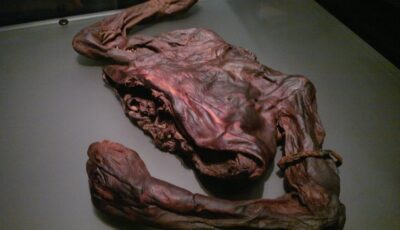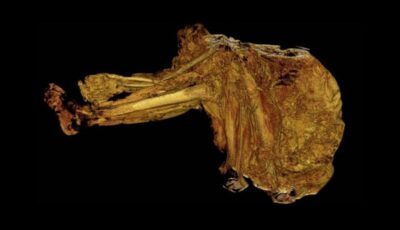

Did you know? Irish bogs, with their mysterious landscapes and deep layers, have become natural repositories for some of the best-kept secrets of ancient history. Peat Men, remarkably preserved human bodies found in these wetlands, have been regularly discovered in local bogs. Some date back to prehistoric times, while others date back to the Middle Ages. These bodies are now on display at the National Museum of Ireland in Dublin: fascinating discoveries!
<h2>Ireland's Bog bodies</h2>
<h3>Naturally preserved bodies, witnesses to the past</h3>
These bodies have been discovered over the centuries, often by chance during peat extraction. Each discovery brings its own mysteries and insights, offering a glimpse into burial practices, religious beliefs and daily life at the time.
The unique conditions of peat bogs – low oxygen content, high acidity and cold temperatures – create an ideal environment for the preservation of soft tissue. This natural process enables scientists to study these ancient bodies in detail.
Many of these Bog Men show signs of violent death, often interpreted as ritual sacrifice. Analyses reveal injuries and burial methods that testify to complex customs and beliefs.
Studies of these bodies offer valuable information on health, diet and even clothing of the period. They make a significant contribution to our understanding of Irish society in the Iron Age.
The discovery and study of the Peat Men also raises ethical questions about the respect due to these human remains. Efforts to conserve and display them are made with great care and deep reflection on their cultural and historical significance.